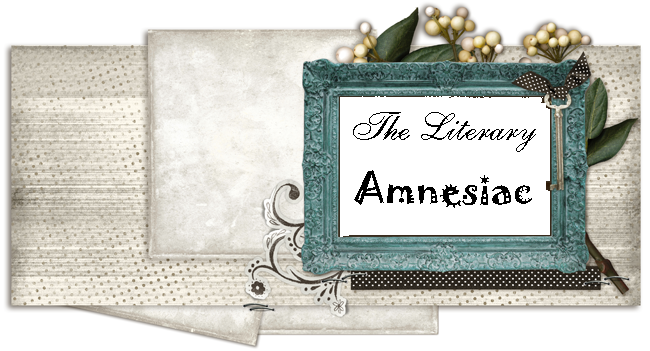I remember seeing this book piled up in Target and Walmart when it first came out and thinking how uninterested I was: it just seemed like a very obvious copycat publication - the next Gone Girl on the Train, blah blah blah. Now, I loved Gone Girl when I first read it, and was gripped by The Girl on the Train, so I'm not quite sure why I was so dismissive about this one. But it turns out that my instinct was correct.
The Woman in the Window is a fairly generic piece of fiction, much less interesting than the life story of its author, which is what lured me into reading it in the first place. A.J. Finn's real name is Daniel Mallory. He was recently the subject of a very long and entertaining, if slightly horrifying, New Yorker exposé by Ian Parker. Mallory, who is a huge Patricia Highsmith fan and had supposedly written a doctorate (that 'supposedly' is a key, recurring word, where Mallory is concerned) on homoeroticism in Highsmith's novels, was, apparently, a bit of a Talented Mr Ripley himself: a pathological liar who invented whole tragedies for himself and his family as a way of furthering his career, or perhaps because he was mentally ill (his version). Suddenly, The Woman in the Window seemed a lot more intriguing. So I bought it...
But I did not devour it. It turns out that a novel written by an amoral sociopath is a lot less interesting than a novel about an amoral sociopath. Or, at least, a lot less interesting than Patricia Highsmith's novels about amoral sociopaths. Because everything that I love about Highsmith's novels - the psychological depth, the dark wit, the subversiveness - is missing here. Mallory is not a bad writer, exactly - there is at least one beautiful sentence in this novel, though I can't remember now what it was - but I had the feeling throughout this book that he was very deliberately pandering to the lowest common denominator. Indeed, everything about this book is almost soul-crushingly cynical, from its author-penned advance praise to its massive international success.
Let's start with the prose. Very short sentences, very short paragraphs, very short chapters. Lots of dialogue. Active verbs, verbing actively. Hyperbolic imagery. It's quite striking to start with, and then you realise: the whole thing is written this way. It's like a tabloid newspaper version of a novel. It's like reading 400 pages of capped-up, italicised text: the intention is clearly to be as VIVID and INTENSE as possible, but the actual effect is cliched and wearying.
Then the plot: 'contrived' does not even cover it. 'Formulaic'? Yeah, that too. I liked the references to Hitchcock movies, up to a point, but the problem was that The Woman in the Window never rose beyond the level of pastiche. The characters were all paper-thin, except for the narrator, who was too obviously designed to make the reader like/feel sorry for her, after initially mistrusting/disliking her.
Most damningly, I just wasn't hooked on the story in the way I was with Gone Girl or The Girl on the Train. True, I didn't guess whodunnit. But then, I didn't try to guess. Because I didn't care. The fact that this slight, 'page-turning thriller' took me several weeks to get through probably tells you all you need to know about it. If, by some miracle, you're not one of the millions of poor suckers who has already bought and read it...
The Hellbound Heart – Clive Barker
1 day ago









1 comment:
Ooof. Yeah, not caring means this is a pass for me. I know many have read it but I am not all that interested in a book about characters whom I care nothing about. I didn't know about the controversy!
Post a Comment